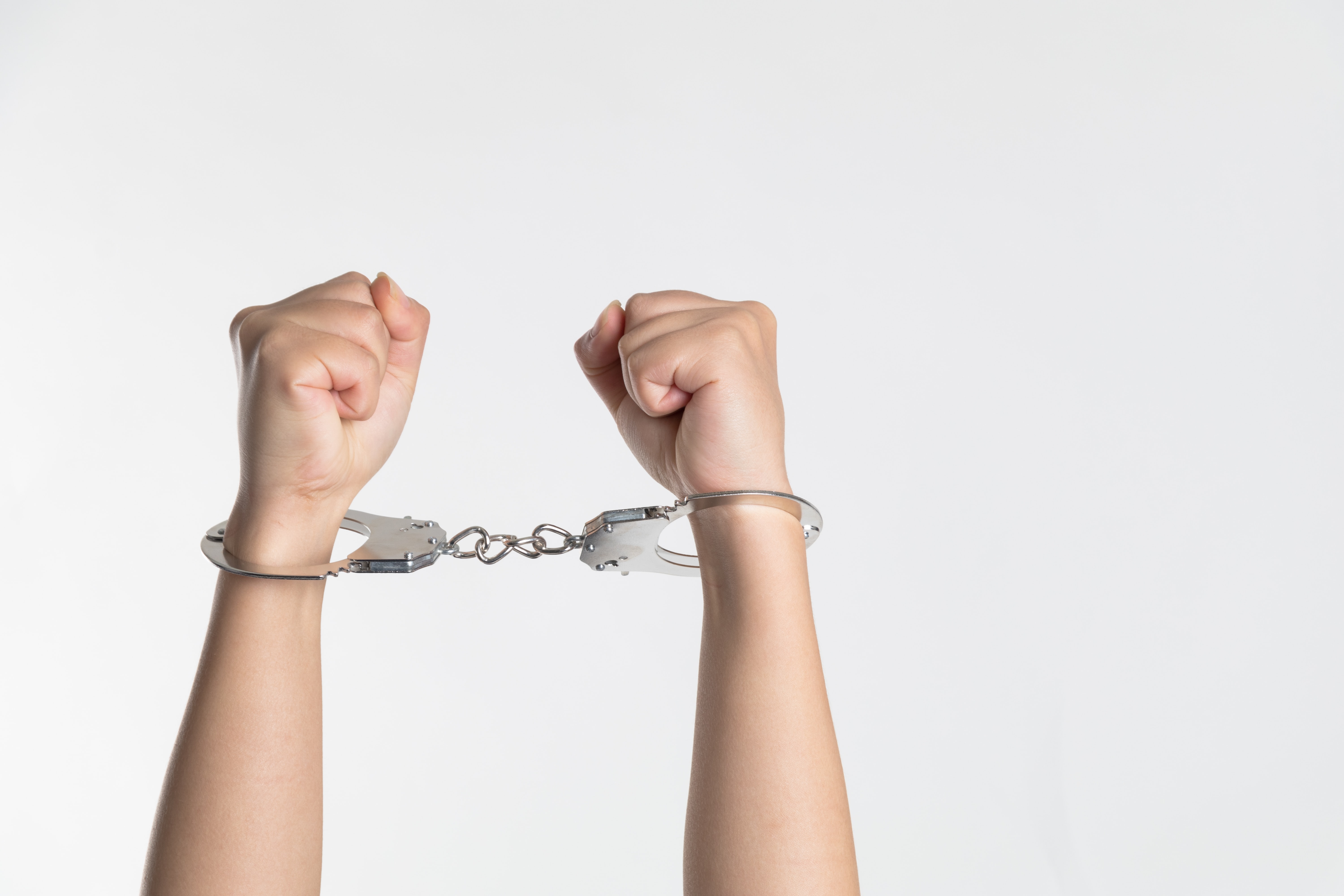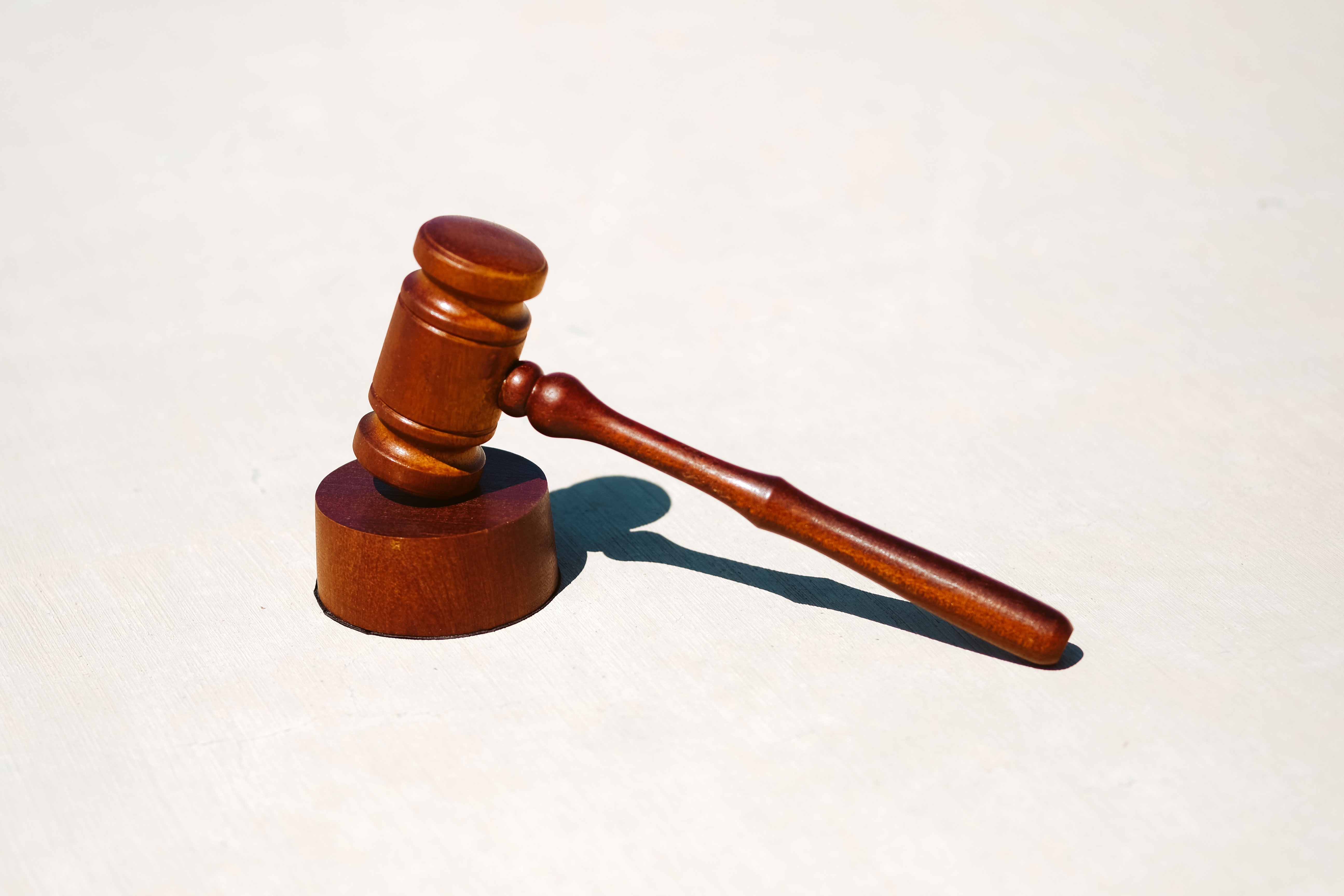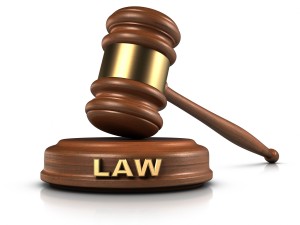In this article, discussion has been done regarding concept of child in terms of law, as we know any child is the future of nation and to secure the future of nation it is necessary that future of nation could not involve in anti-social activities in his/her present and if someone get involved, then how to tackle such kind of problem keeping in view the social elements, surroundings, best interest and welfare of child and at the same time dealing with problem of delinquency in child according to terms of law.
Introduction
As the words suggest something about person who can be considered as child. The term Child, if we go for legal definition, we find their if person has not attained a specific point of age, then person can be considered as child. For example-if we go for Indian law “child means a person who has not completed 18 years of age, be he a boy or a girl.”1 That person or we can say that child can be termed as juvenile. And After this what about delinquency? How delinquency can be defined? What it means?
If we go for origin of the term, we get that ‘Delinquency’ has been derived from the Latin term Delinquer which means ‘to omit’. However, it was the ‘William Coxson’ who used the term in 1484, to describe a person, who is found guilty of customary offence. This word can also be found in famous play ‘Macbeth’ of Shakespearson in 1605.
Different penologists have tried to interpret the word Juvenile Delinquency in their different words. For example -Albert Cohen said that only possible definition is that “one that relates to behaviour in question to some set of rules and those rules are heterogenous collection of regulations, some common to all communities and other only to be found in one or two.”2
Another one ‘Mrs. Ruth Shonle Cavan(USA) described this as “irrespective of legal definition, a child might be regarded as delinquent when his anti-social conduct inflict suffering upon others or when his family finds him difficult to control and he becomes a serious concern to the community.”
However, if we go for simple definition for the term we can say that delinquency can be considered as form of disbehaviour or deviation from generally accepted norms of conduct in society. It refers to variety of anti-social behaviour of child in a society. Anti-social behaviour of child has been defined differently by different socities. There are variety of acts which has been included within the term ‘Juvenile Delinquency’, which are non-criminal in nature and such are tolerated if done by adults. For example-smoking, drinking or absenting oneself from home may be permissible conduct for adults but same is treated as delinquent act, if commited by children or adolescents.
The question to define exactly the definition of juvenile delinquency has always been a debatable issue among criminologists. It has been also engaged the attention of United Nations for quite sometime. In August,1960, in London, The second United Nations Congress on prevention of crime and treatment of offenders held and consensus was that issue to define the term need not to be stretched too far and meaning of term ‘Juvenile Delinquency’ be restricted to all violations of criminal law and maladjusted behaviours of minors which are disapproved by society.
In our country, India, largest democratic country in the world, term has been defined in specific act naming Juvenile Justice(care and protection of children) act,2000.hereinafter called JJ act,2000.in the form of words ‘Juvenile in conflict with law’.3 As child in conflict with law means a child who is alleged or found to have committed an offence and who has not completed 18 years of age on the date of commission of such offence.
Juvenile Delinquency is not the problem of any one specific nation, but it has become a global phenomenon in modern times. There is growing tendency among juveniles or youngsters to be arrogant, violent and disobedient to law with the result there has been considerable rise in the incidence of juvenile delinquency. Since a Nation’s future depends upon youngsters, upon young generation. It is often said that child of today is the citizen of tomorrow. Therefore, children deserve compassion and the best care to protect the future of nation. It has been said by Honb’le Justice V.R Krishna Iyer that noxious surroundings, neglect of basic needs, bad company and other abused and temptations would spoil the child and likely to turn him a delinquent.4
There are some causes which has been described by Penologists from time to time:-
Urbanisation i.e. penologists described that industrial development and economic growth in India is good but at the same time they has given rise to new problems such as housing, slum dewelling, overcrowding, lack of parental control, so on. The cost of living in urban areas is so high that it makes necessary even for women to do outdoor jobs for supporting their family financially and in this children are left neglected at home without any parental control.
Penologists says that temptation for modern luxuries of life lures adoloscents/youngsters towards wrongful means to satisfy their luxurious wants. Even we can also find in news that some boys commit pick pocketing or mobile stealing or bike stealing to impress girls ot to make girlfriends so that they can create impression.
Want of love, absence of security, disintegration of family system are also such things which contribute towards juvenile delinquency.
Increase in matrimonial disputes, divorce cases causes for disrupting family solidarity. Step-motherly treatment with children, discriminating behaviour towards children causes adverse psychological effect on youngsters/adoloscents.
Rapidly changing pattern in modern living, confrontation with problem of culture conflict, unability to differentiate between right and wrong, such thing may drive adoloscents to commit crime.
Biological factors can also be cause for juvenile delinquency, such as early physiological maturity or low intelligence. The age of puberty among girls has reduced or has gone down by three or four years on an average. Today, girls attain puberty at age of 12 or 13 while they still remain mentally and psychologically incapable of conceiving about raalities of life, due to which they fall an easy prey to sex involvements for momentary pleasure, without realising the serious consequences of their act.
Destitute and deserted child get migrated to slum, where they can come in contact with anti-social elements like carrying on prostitution, smuggling of liquor or narcotic drugs and bootleggers.
Poverty can also be considered as potential cause for juvenile delinquency. Quest for earning money by whatever means can be effective cause for causing acts which can be considered as offence. Illiteracy, child labour, etc. are also some of the contributing factors aggravating juvenile delinquency.
It is noteworthy that nature of delinquency among male juveniles differs from those of girls. Delinquency rate among boys is much higher than those of girls. Delinquency rate among boys is much higher than those of girls, the reason being that boys by their nature are more adventurous and enduring than those of girls and another reason can be that more amount of freedom is given to boy child in comparison to girl child, often it can be seen that girl remain in house while boys step out from the house.
Along with factors or causes for juvenile delinquency, there are some justifications also which are taken by juveniles to advance or justify their delinquent act. Such are
Juveniles normally deny responsibility by claiming that act was result of uncontrollable passion, accident, poverty or parental neglect, etc.
Sometimes delinquent also justify on ground that no one is actually harmed either physically or financially by his criminal act. These things are oftenly said by juveniles who has found indulging in alcoholism, drug-tracking, vagrancy, etc.
Juvenile may also claim that victim himself was the first to start trouble, therefore he must not complaint. This kind of justification can be seen in sexual offences, that delinquent may allege that it was the victim who initiated the cause.
Sometimes friend circle or group is considered important for life by the juveniles as comparison to their own family. This can be seen generally when juveniles get associated with criminal gangs whose loyalty they consider important than that of their own family member.
Our study is regarding juvenile delinquency in India but to know about proper facts, logic, reasoning behind we have to consider about delinquency in other Nations also, so that we can have a detailed or through analysis about the topic. Therefore we need to consider about situation of Juvenile delinquency prevailing in some other Nations also and how they are dealing with such things.
Criminal acts done by children is not the problem of one Nation only, but it is it is globally faced by each Nation i.e. juvenile delinquency prevails in every Nation. Therefore on 20th November 1989, The General Assembly of United Nations adopted the convention on Rights of the Child, which prescribed a set of standard to be adhered to by all the State parties in securing the best interest of child. This convention also emphasized on social reintegration of child victims, to the extent possible.
The Government of India also ratified the convention on 11th December 1992. Ratifying the convention in 1992 does not mean that India did not have its own legislation to deal with Juvenile delinquency. In India there was Juvenile justice Act, 1986, but it was after ratification of convention that this act was repealed and new Act was enacted as Juvenile Justice (care and protection of children) Act, 2000 to meet the requirements of standards prescribed by the convention on the Rights of the child and all other international instruments. It is to be noted that in new act of 2000, The term ‘Delinquent Juvenile’ has been substituted for words ‘Juvenile in conflict with law’. According to new definition “Child in conflict with law” means a child who is alleged or found to have committed an offence and who has not completed 18 years of age on the date of commission of such offence.3
Not only this, other legislations and provisions are also there, which has been enacted by Government of India from time to time. However, we will discuss about those provisions in detail later on. Because here we have to deal with situations prevailing in other Nation also.
In Norway
In this country, criminal cases of young offenders between the age group of 14 and 18 are referred to the Municipal Juvenile Welfare Committee. This committee suggest about adequate measures. The Child Welfare Act, 1953 in that country allows the delinquent child to stay at home and Juvenile welfare committee takes preventive steps by visiting the delinquent’s home at frequent intervals and it also suggest about effective measures to keep the offender away from the criminality. In that country, great emphasis is on medico-psychological method for treatment of young Delinquents.
Turkey
Rate of Juvenile delinquency is not very high and a slightest rise in child delinquency excites concern in that country because of the stronghold of family Institution and Turkey has shown keen interest in Juvenile justice.
U. K
‘Miss Mary Carpenter’ a social activist, did a pioneering work in the field of Juvenile delinquency and as a result of a persistent efforts legislation enacted in 1847. A ragged industrial school in Bristol was started by her.
Delegates of international Congress on prevention of crime and treatment of offenders held in Paris in 1895. It was fun and unanimously agreed on the necessity of special procedure and the greater scope for the discretionary power of the courts while dealing with cases of juvenile delinquents.
Probation of offenders Act, 1907 was enacted in England. Act empowered courts to grant release to juveniles in appropriate cases. Act provided for appointment of probation officers whose duties were to visit, supervise and report to the courts, help and advise the young offenders in solving their problems. Juvenile courts were firstly established in England under the Children Act, 1908. Primary duty of these courts were to afford proper care and protection to the child or young offender and take necessary steps for removing him from undesirable surroundings and ensure that proper arrangements were made for his education and training.
The children and young offenders Act, 1933 was also in enacted, this act conferred civil powers to Juvenile court in certain important matters.
The criminal justice Act, 1948 however provided certain degree of security to young offenders remand Homes.
The criminal justice Act, 1982 enacted in UK under which law relating to juveniles has been considerable liberalized so that it can be in accordance with the guidelines set out by the United Nations Minimum Standard Rules for administering Juvenile justice.
U. S. A
There is a Juvenile court in each state of the United States, which is usually a specialised unit in State Judicial Service. Age limit for Juvenile trial is 17 years.
However, Juvenile May waive his right to trial before such Juvenile courts and such waiver leads to trial of Juvenile by an Adult’s court.
Sometimes, certain kind of young offenders, who according to statutory age limit are close to adulthood, may have been involved in repeated offence and prove a danger to society. Such kind of young offenders are sent for trial in an ordinary Court.
5Problems of Juvenile delinquency in developed and developing countries drew attention of the United Nations to work out some guiding principles for Juvenile justice system. The United Nations Asia and Far East institution made significant contribution, as a result of which the seventh U.N. Congress on prevention of crime and treatment of offenders adopted, in September 1985, the standard minimum rules for administration of Juvenile justice. These rules were subsequently adopted by UN General Assembly in November 1985 and embodied the following basic basic principles:
Juveniles in trouble with law should be provided with carefully constructed legal protection.
Pre-trial detention should be used only as a last resort. Child and Juvenile offenders should not be held in jail where they are vulnerable to the Evil influences of adult offenders.
Juvenile offender should not be incarcerated unless there is no other appropriate response that will protect the public safety and provide the Juvenile with the opportunity to exercise self-control.
Member Nations should strive individually and collectively to provide adequate means by which every young person can look forward to a life that is meaningful and valuable.
As we know, India is also a member of United Nations and it has responded favourably to this international body and enacted a comprehensive law on subject called ‘The Juvenile Justice Act.
Juvenile justice in India
From the earlier discussion, we get to know that Juvenile delinquency is prevailing in almost every Nation and each Nation having its own strategy, legislation and provisions to deal with such things. In India we can see that problem is not as much tense as in western countries (only in comparison). But it does not mean that Juvenile delinquency in India is negligible, causes for such delinquency as we have discussed earlier.
In recent time period, there has been a considerable growth in crimes committed by youngsters or by juveniles. One of the highlighted case we can say that is ‘Nirbhaya case’ in December 2012 in which a girl was brutally gangraped in capital of nation and vegetative state to victim was caused, due to which victim died. In that case most havok was the role played by a juvenile, who was merely 16 years old at the time of commission of offence. After that some amendments were done in penal laws, but delinquency by Juvenile was still a problem.
‘Still a problem’ does not mean that we do not have any Law to deal with Juvenile delinquents. India having its own specific legislations and provisions to deal with Juveniles. These measures are basis on theory of reformation of juveniles. Because India seeks to tackle the problem of Juvenile delinquency on basis of assumption that young offenders should not be tried, they should be reformed not punished, there is stress on non-penal treatment through social Agencies like Juvenile justice board, observation Homes, special homes, etc.
Article 15 of constitution, confers power upon government to make special provision for children. Therefore, special legislation can be enacted by Gvernment and such has been done by government and not even enactment, repealing of outdated laws or amendment in various laws has been done to tackle the problem of Juvenile delinquency from time to time.
Our Indian law contains a clear-cut definition of Juvenile delinquency. It provides that any violation of existing penal laws of country committed by a child under 18 years, shall be an act in conflict with law. The term ‘Child in conflict with law’ was substituted in Act by amendment in 2000 for the words ‘delenquent Juvenile’ which was used in earlier Juvenile justice Act, 1986.
Juvenile justice act can be considered as a special act. Besides this, some specific provisions also exist in Indian penal code, Code of criminal procedure. These are :-
Section 82 of IPC - Act of child under 7 years of age
Nothing is an offence which is done by a child under 7 years of age.
Section 83 - Act of child above 7 and under 12 of immature understanding
Nothing is an offence which is done by a child above 7 years of age and under 12, who has not attained sufficient maturity of understanding to judge of the nature and consequences of his conduct on that occasion.
From both the provisions, we get to know that Law considers as a child below a specific age to be incapable of committing a crime and if child crosses a point of age, his maturity of understanding i.e. whether child can understand the consequences of conduct, nature of conduct at the time of doing the act.
Section 27 of the code of criminal procedure, 19736
Any offence not punishable with death or imprisonment for life, committed by any person who at the date when he appears or brought before the court is under 16 years may be tried by the court of chief judicial magistrate, or by any court specially empowered under the Children Act, 1960(60 of 1960), or any other law for the time being in force providing for the treatment, training and rehabilitation of youthful offenders.
From reading of section, we get to know that treatment, reformation or corrective steps has been emphasized by law and these are not penal but reformatory measures.
Section 360 of code of criminal procedure, 19737
Under the provision of CrPC, difference between young offenders has been provided basis on their age i.e. when any person not under 21 year of age is convicted of offence punishable with fine only or with imprisonment for a term of seven years of less or
when any person under 21 years of age or any woman is convicted of an offence not punishable with death or imprisonment for life and no previous conviction is proved against the offender, then court may, having regard to the age, character and antecedents of the offender, and to the circumstances in which the offence was committed, order release of the offender on probation of good conduct for a period of not exceeding three years on entering into Bond with or without sureties, instead of sentencing him to any punishment.8 Nothing in this section shall affect the provisions of the Probation of offenders Act, 1958(20 of 1958), or the Children Act, 1960(60 of 1960), or any other law for the time being in Force for the treatment, training or rehabilitation of youthful offenders.
It means if there is any other specific provision which provides for rehabilitation or reformation or training and treatment of young offender, then that Law shall apply.
Guiding principles for treatment and rehabilitation of children can be found in two Central acts, those are The Probation of offenders Act, 1958 and the Juvenile Justice (care and protection of children) Act, 2015.
9The Probation of offenders Act, 1958 provides that when any person is found guilty of offence which is punishable with imprisonment (but not with imprisonment for life) and such person is under 21 years of age, then Court may call report from probation officer and may release the offender after due admonition or on probation of good conduct.10 Report of probation officer to be confidential.
Juvenile justice (care and protection of children) act, 2015. Prior to this act in 1960, there was children act, 1960, which was preceded by United Nations Declaration of the Rights of the Child in 1959. After that 113 Nations, by consensus, promulgated the Vienna Declaration & Programme of action where the rights of child in general and girl child in particular, received worldwide recognition. It was the basis or we can say this provided a blue-print for Juvenile justice legislation for developed and developing Nations. India was also a signatory member of the convention. Consequently the children act, 1960 was replaced by the Juvenile justice Act, 1986 which came into force on 2nd October 1987. This act remained operative for nearly thirteen years, it was replaced by Juvenile justice (care and protection of children),Act 2000
As we know Law cannot be static. Certain amendments to be made from time to time to cope up with circumstances and situations prevailing at a given point of time. Therefore amendments were done in Act of 2000 in year 2006 and 2011. Further increase in cases of crimes committed by children in the age group of 16 to 18 years in recent years made it evident that the provisions under the previous acts were ill-equipped to tackle child offenders in this age group. Therefore, Juvenile justice (care and protection of children) Act, 2015 has been enacted, which came into force on 15 January 2016 and it ensures proper care, protection, development, treatment and social re-integration of children in difficult circumstance by adopting a child friendly approach, keeping in view the best interest of the child.
The act provides for establishment of Juvenile justice board, child care institution, place of safety, children home, open shelter, Observation Home, child welfare committee, District Child Protection unit, other welfare measures.
The act also describe how nature of offence can be differentiated i.e. offence can be considered as heinous offence or petty offence or serious offence.
Under the heinous offences- those offences are included for which the minimum punishment under the Indian penal code or any other law for the time being in force is imprisonment for 7 years or more.11
Petty offences include offences for which the maximum punishment under the IPC or any other law for the time being in force is imprisonment upto 3 years.12
Serious offences include the offences for which the punishment under the IPC or any other law for the time being in force, is imprisonment between 3 to 7 years.13
Chapter iii of the act provides for establishment of Juvenile justice board14, power, functions and responsibilities of the board.15
Juvenile justice board is constituted by State Government for every district, and such boards can be one or two to discharge its functions relating to child in conflict with law under the act.
When a magistrate is not empowered to exercise powers of the board under this act is of opinion that the person alleged to have committed the offence and brought before him is a child, then such magistrate shall without any delay, record such opinion and forward the child immediately along with the record of such proceedings to the board having jurisdiction.16
When a child in conflict with law is apprehended by the police, Such child is to be placed under the charge of the special Juvenile police unit or the designated child welfare police officer, after that it is the duty of officer to produce the child before the Juvenile justice board within a period of 24 hours excluding the time necessary for the journey from the place where such child was apprehended. Such child shall not be placed in police lock up or lodged in jail. When person, who is apparently a child and alleged to have committed a bailable or non-bailable offence, then such person shall be released on bail either by the board or by the police officer as the case may be. Whenever a child is produced before the board, then board shall hold an enquiry regarding the age factor and other circumstances, such inquiry shall be completed within a period of four months from the date of first production of the child before the board, this time period can be extended for a maximum period of two months by the board considering the circumstances of the case and after recording the reasons for such extension of time period.
Inquiry for heinous offences for child below the age of 16 years shall be disposed of by the board, by following the procedure for trial in summon cases under the code of criminal procedure, 197317. Inquiry for child above the age of 16, board shall conduct a preliminary assessment, which shall be disposed of by the board with in a period of three months from the date of first production of child before the board, such assessment shall be regarding the mental and physical capacity of child to commit such heinous offense, whether such child having Ability to understand the consequences of offence and the circumstances under which such child has allegedly committed the offence and if after such assessment, board passes the order that there is need for trial of said child as an adult, then board may transfer of the trial of case to the [children's court]18 having jurisdiction to try such offences. When board doing assessment, it may take assistance of experienced psychologist or psycho-social workers or other experts. It is to be noted that preliminary assessment is not a trial, it is to assess the capacity of child to commit and understand the consequences of alleged offence.
After receipt of preliminary assessment report from Juvenile justice board, children court may decide that there is need for trial of the child as an adult as per provisions of code of criminal procedure,1973 and pass appropriate orders for trial considering the special needs of the child, fair trial and maintaining a child friendly atmosphere. Even if the children’s court is of view that such child need not be tried as an adult, then it can also conduct an inquiry just like juvenile justice board. A child who isfound in conflict with law, then children's court shall ensure that such child is sent to a 19 [place of safety] till attainment of 21 years of age and there after the person shall be transferred to jail. When such person i.e. child in conflict with the law, has attained age of 21 years and yet to complete the term of stay, then children’s court shall provide for a follow up by the probation officer or the District Child Protection unit or a social worker or by itself, to evaluate whether such child has undergone reformative changes and such child can be a contributing member of the society. After considering such factors, children's Court may decide to release the child on such conditions as it deems fit which includes appointment of Monitory Authority for the remainder of the prescribed term of stay, may decide that child shall complete the remainder of his term in jail.
It is to be noted that death sentence or life imprisonment without possibility of release cannot be imposed on a child in conflict with the law.
Now, we know about the procedure to be followed when a child in conflict with the law is alleged to have committed an offence, but still there is question. How to determine whether accused is a juvenile? What is relevant date as to determination of age of juvenile? Whether it should be the date on which offence is committed or the date on which the Juvenile is brought before the court for trial?
To determine whether accused is a Juvenile or not, someone can look into the judgements of Honourable Supreme Court of India in which apex court of the nation has provided a basic to determine age factor of accused.
Case Law 1- Deoki Nandan Dayma v.State of Uttar Pradesh20
In this case Honourable Court held that entry in the school register as to the date of birth of student is admissible in evidence to show whether the accused is juvenile or not. However, its acceptance shall depend upon on the probative value of such entry in the school register, i.e. whether it is proper or not. Further, court also clarified that in case of difference of date of birth between school certificate and medical certificate, the date mentioned in school certificate should be taken as authoritative.
In another case Supreme Court observed that for determination of the age of Juvenile for purpose of his trial under the Juvenile justice act, his date of birth as recorded in school register may be accepted, if it is entered by a competent authority. But in case of Ramdeo @ Rajnath Chauhan v. State of Assam21 the accused, the accused was juvenile as per date of birth recorded in school register but it was not proved whether such record in school register was entered by public servant or competent authority in discharge of their official duties, therefore, it was not accepted as authentic evidence for determination of age of accused.
Not only the Supreme court, but various High courts of different states have given decision from time to time to provide basis for determination of age factor of accused. In case of Sunil and another vs State22, Madhya Pradesh High Court ruled that ossification test is not a conclusive proof to determine the age of Juvenile and even the court cannot leave the determination of age of Juvenile entirely on evidence of juvenile, but it is required to make an enquiry suo moto.
In case of Dhruvender Singh versus State of Rajasthan23, High court observed that for purpose of application of Juvenile justice act, the court should not depend on medical report of accused or his physical built of the body, but should take into consideration the date of birth as recorded in the school register or any other available evidence as to his age.
From the the above-mentioned discussion, we can say that age of accused to be determined on basis of probative value of evidence recorded in school certificate or some other reliable evidence. Now next we have to discuss on which date age to be determined, on the date of offence or the date on which Juvenile is brought before the court for trial. Answer to this can be find in some provisions as well as in some judgements. Provisions we have discussed already like bail to person who is ‘apparently’ a child under section 12 of JJ act. Section 6 of the act is important provision which provides for placement of persons, who committed an offence, when person was below the age of 18 years. It means even if the person is apprehended when he has completed age of 18 years, for the offence committed by him when he was below 18 years of age then he shall be treated under JJ act.
In case of Bhola Bhagat vs State of Bihar24, Supreme Court held that age of accused on the date of appearance of occurrence of offence should be taken into consideration and it is immaterial if he exceeds the prescribed age on date of his produced before the court for trial, for applicability of juvenile justice act.
In case of Krishna Bhagwan versus State of Bihar25, full bench of Patna High Court observed that for determination of the age of Juvenile for purpose of his trial under the JJ act, the relevant date should be the date on which offence was committed, despite the fact that he exceeded that age-limit at the time when he was brought before the court for trial. Therefore, from above mentioned discussion, we can say that age of accused is to be determined on the basis of date of commission of offence.
Conclusion
If we study the provisions carefully and above mentioned discussion, get to know that basically reformative and rehabilitative measures are taken or followed in case, if any child in conflict with law. Chapter vii of JJ act (2015) provides for rehabilitation and social re-integration.
Act says that process of rehabilitation and social re-integration for child in conflict with law shall be undertaker in the observation home or in special homes or place of safety or fit facility or with a fit person. Not only this if a child in conflict with law is leaving such special institution on attainment of 18 years of age, financial support to help such child for their re-integration into the main stream of the society may be provided.
Moreover, any kind of report in any newspaper, magazine, news-sheet or audio-visual media or other forms of communication regarding any enquiry investigation or judicial procedure, by which identity of child in conflict with law may be disclosed shall not be published, nor the name, address or school or any other particular, shall be published. But the board holding the inquiry may permit such disclosure in the best interest of child.
It is to be noted that juvenile justice act describes not only about child in conflict with law, but it describes about ‘child in need of care and protection’. But here in our article we are concerned with one topic i.e. child in conflict with law. That so why, we have not discussed that other term in our article.
In our Indian law, more emphasis has been laid down on reformation of accused and sometimes situation arises, when a child commits an offence which cannot be tolerated and can be considered as most serious or heinous offence in term of law. Therefore, amendments to be done from time to time to cope up with such situations and Parliament of India also drafted rules in form of the Juvenile justice (care and protection of children) model rules, 2016, these rules came into force on 21st September 2016, search rules provide for detailed procedure in case of heinous offence is alleged to have been committed by child, these rules also provide in type of suggestion about establishment of child welfare institutes, staff requirements, suggestion about physical infrastructure, facilities to be provided, even provides for nutrition and diet scale suggestions.
Role of non- governmental organisation or welfare societies cannot be underestimated. Such as the All India crime prevention society established in 1950 is doing a commendable service to suppress juvenile delinquency. Now this organisation has assumed an international status and received recognition from United Nations. This society also suggested that adequate employment opportunities should be provided to ex-convicts, society also made suggestion for greater police-public co-operation.
Researches in field of juvenile delinquency suggest that the only alternative to suppress criminality among juveniles is to provide them proper education and training in schools and homes. Active co-operation between teacher and parents of children is also necessary to solve the problems of teenagers.
Recent incident of a child murdered in a famous school by another child is something to concern about. Environment must be established in such a manner that there can be regular guardianship and understanding the behaviour of child, at the same time, it is to be kept in mind that no unauthorised restrictions should be imposed. As it can be said that problem of juvenile delinquency is intimately related to other social problems and it can be tackled effectively by devising measures to secure community cooperation and public support. Institute of family has a significant role to play in solving the problem of delinquency in juveniles. It can be possible to reform anti-social attitudes of children by improving the unfavourable surroundings and giving them suitable training.
It can be said that legislations like juvenile justice act is a beneficial statute which provided for treatment, training and rehabilitation of youthful offenders and it also aims at fulfilling the constitutional mandate contained in Article 39(f) by ensuring care and protection of neglected children and juveniles who are in conflict with law. It becomes the duty of State to initiate adequate measures to safeguard children and juvenile against exploitation, deprivation and criminalisation as they are valuable assets of nation, also the future of nation. It also become the duty and responsibility of each individual to take care the child of nation and provide a guidance whenever need arises.
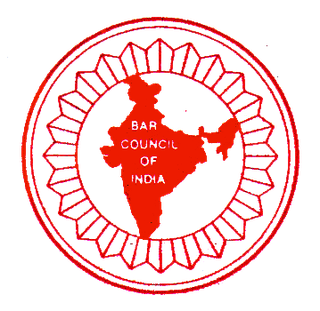
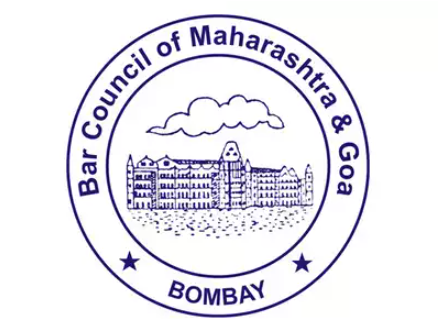

 WhatsApp
WhatsApp